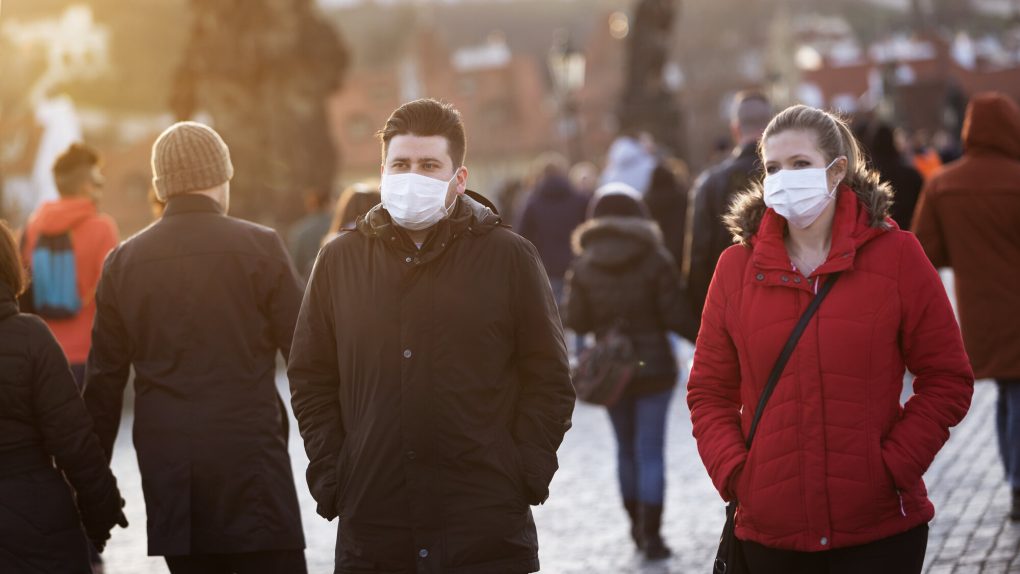For the first time in a long time, the COVID outlook in the United States is looking promising. Not only has the vaccination effort improved by leaps and bounds, but the COVID infection rate itself has been on a steady decline since early January.
In the wake of the Thanksgiving and Christmas holidays, the COVID infection rate started to climb in mid-November before reaching a peak of 300,000 new infections on January 8. Just about two months later, the infection rate in the US has gone down considerably, with the US now seeing about 58,000 new infections per day over the last seven days. As a point of reference, the last time the COVID infection rate in the US was this low was all the way back in mid-October.
That notwithstanding, not every state has seen a drastic drop in COVID infections as of late. In fact, there are eight states where the infection rate has actually increased over the last two weeks, a list that includes Colorado, New Jersey, Rhode Island, Vermont, Alaska, South Dakota, Tennessee, and Michigan.
Michigan in particular is a state to keep an eye on as the infection rate there has jumped by 32% over the past two weeks. Vermont, New Jersey, and Rhode Island, meanwhile, have seen their respective COVID infection rates jump by 18%, 10%, and 11% during the same timeframe.
The rise of COVID cases in these states underscores how crucial it is for people to still follow coronavirus safety guidelines, which means mask-wearing, adhering to social distancing, and avoiding indoor gatherings whenever possible. And while the CDC recently said people who have been vaccinated can loosen up restrictions with respect to mask-wearing, anyone who hasn’t been vaccinated yet should remain vigilant.
“I remain deeply concerned about a potential shift in the trajectory of the pandemic,” CDC Director Rochelle Walensky said a few days ago. “The latest CDC data continue to suggest that recent declines in cases have leveled off at a very high number.”
“We have the ability to stop a potential fourth surge of cases in this country,” Walensky added. “Please stay strong in your conviction. Continue wearing your well-fitted mask and taking the other public health prevention acts that we know work. Ultimately, vaccination is what will bring us out of this pandemic.”
The good news is that the COVID infection rate has declined considerably in a number of densely populated states that were previously hotbeds of infection. In California and Arizona, for example, the COVID infection rate has gone down by 32% and 27%, respectively.
And again, the vaccination effort in the US is finally starting to kick into high gear with the vaccination rate currently standing at 2.2 million doses per day. At the current rate, the US is poised to reach herd immunity by September at the absolute latest. There is, however, a strong possibility that we might achieve herd immunity before summer given that Pfizer, Moderna, and Johnson & Johnson are ramping up vaccine production significantly this month.
Back in late February, Pfizer and Moderna pledged to ship 140 million additional doses to the US before April. If all goes according to plan, the cumulative shipments of Pfizer and Moderna vaccine doses to the US will be 220 million by March 31, a quantity capable of vaccinating 110 million Americans. Johnson & Johnson, meanwhile, is aiming to deliver 20 million vaccine doses before the end of the month.
In a best-case scenario, 130 million Americans will get vaccinated over the next few weeks. Coupled with the 61.1 million Americans who have already received at least one dose of a COVID vaccine would put the cumulative number of vaccinated Americans at 191.1 million.
By the end of May, vaccine makers have said there should be enough doses to vaccinate 300 million Americans.
As encouraging as this all is, it’s worth stressing how important it is for people to not get complacent when it comes to coronavirus safety, especially given that the South African strain has been shown to be more resistant to existing COVID vaccines from Pfizer and Moderna.








